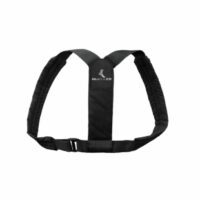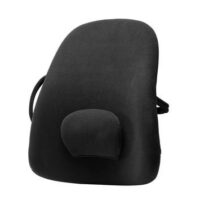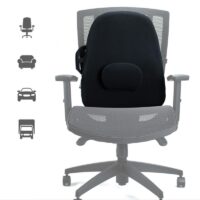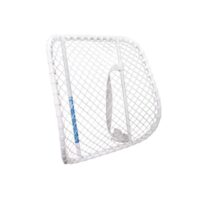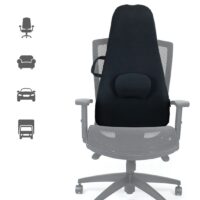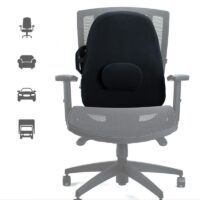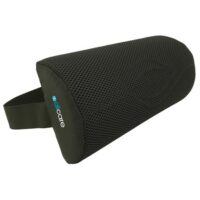Optimal Sitting Posture
A Comprehensive Physiotherapists Guide
Achieving optimal sitting posture is essential for spinal health and overall comfort. This guide offers key strategies to improve your sitting posture, ensuring you maintain good spinal health.
I. Choosing the Right Chair for Sitting Posture
Select a back-supportive chair: A chair with solid lumbar support and adjustable settings like height, backrest angle, and armrests is ideal for enhancing sitting posture. Tailoring these features to your body helps maintain the correct posture while sitting.
II. Aligning Spine and Engaging Core for Better Sitting Posture
Maintain a neutral spine: To improve your sitting posture, sit upright with your back against the chair’s backrest. This prevents slouching and excessive leaning, evenly distributing weight and reducing spinal strain.
Core muscles engagement: Slightly activate your abdominal muscles while sitting. This step is crucial for a good sitting posture, offering spine stability and reducing back muscle stress. Read more: Core Muscles.

III. Optimising Sitting Position
Deep sitting for posture support: Make sure your buttocks are right against the back of the chair. This even weight distribution is key for a healthy sitting posture, minimising lower back stress.
Additional lumbar support: If your chair lacks adequate lumbar support, a small towel roll or a specialised cushion can help maintain the natural curve of your spine, promoting proper sitting posture. Read more: Posture Supports
IV. Proper Chair Height and Leg Position for Sitting Posture
Correct chair height adjustment: For optimal sitting posture, ensure your feet are flat on the floor with your knees at or just below hip level. This alignment reduces strain on your legs and lower back.
Avoid crossing your legs: Keeping legs uncrossed while sitting is better for circulation and posture balance. Ensure both feet are planted on the ground for a healthier sitting posture.
V. Incorporating Movement and Breaks
Regular movement is key: To maintain good sitting posture, avoid being in the same position for too long. Regularly stand, stretch, and walk to improve circulation and prevent stiffness.
VI. Ergonomic Workspace for Sitting Posture
Ergonomically adjust your workspace: For better sitting posture, align your chair, desk, and monitor. Ensure your monitor is at eye level to decrease neck strain while maintaining good posture. Read more: Ergonomic Workstation Assessments
VII. Maintaining Good Posture While Driving
Proper driving posture: Apply the same principles for sitting posture while driving. Adjust your seat for back support, ensuring your knees are level with or slightly above hips, and feet comfortably reach the pedals.
Conclusion: Heed Your Body’s Signals
Each body is unique, and responding to its cues is vital. If sitting causes discomfort or pain, consulting a healthcare professional or an ergonomics expert is recommended. By embracing these sitting posture practices, you can improve your comfort, enhance posture, and reduce musculoskeletal risks. For personalised guidance on sitting posture, consider seeking advice from a physiotherapist.





